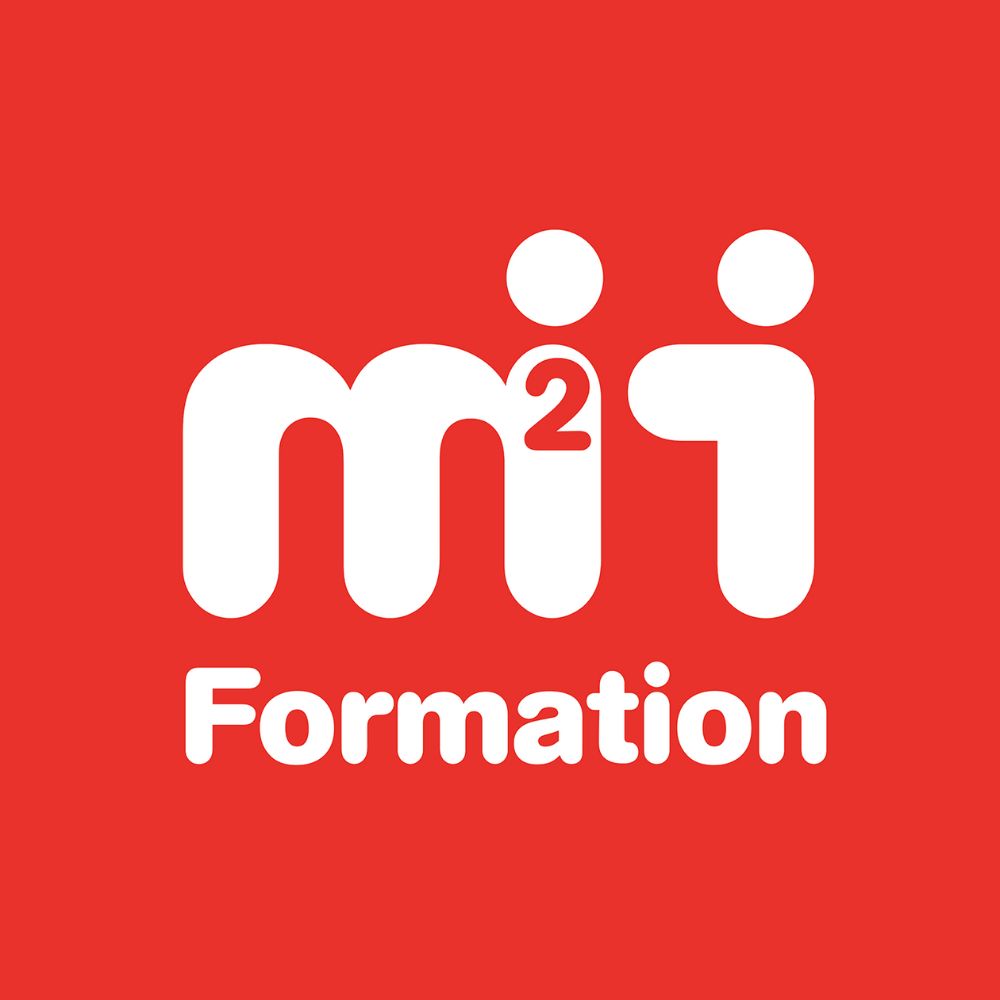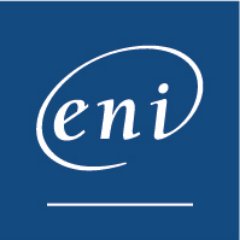Formation ArubaOS-CX Switching Fundamentals (CXF)
Public admis
- Salarié en Poste
- Demandeur d'emploi
- Entreprise
- Etudiant
Financements
Eligible CPF Votre OPCO Financement personnelObjectifs de la formation
À l'issue de cette formation ArubaOS-CX Switching Fundamentals (CXF) vous aurez acquis les connaissances et les compétences nécessaires pour :
- Network Fundamentals
- Review Aruba Switching portfolio
- ArubaOS-CX Network Operating System
- VLANs
- Spanning Tree Protocol
- VRRP
- Link Aggregation
- IP Routing
- Subnetting
- OSPFv2 – Single Area
- Stacking using VSF
- Secure Management and Maintenance
- Aruba NetEdit
| Tarif |
A partir de 3 600,00 € |
| Durée | 5 jours (35h) |
| Modes |
|
| Sessions | |
| Lieux | Partout en France |
| Tarif |
A partir de 3 600,00 € |
| Durée | 5 jours (35h) |
| Modes |
|
| Sessions | |
| Lieux | Partout en France |
Description
Cette formation ArubaOS-CX Switching Fundamentals (CXF) vous enseigne les compétences fondamentales nécessaires pour configurer et gérer des solutions réseau modernes, ouvertes et basées sur des standards.
Dans cette formation Aruba, les participants découvrent les technologies de commutation ArubaOS, notamment : VLANs, accès sécurisé, technologies de redondance telles que MSTP, techniques d'agrégation de liens, y compris LACP, et virtualisation de commutation avec le Virtual Switching Framework (VSF) d'Aruba. Vous découvrirez également le routage IP, y compris le routage IP statique et dynamique avec OSPF.
Ce cours Aruba vous apprend comment déployer des points d'accès sans fil Aruba et configurer la technologie de clustering des points d'accès instantané (IAP) d'Aruba. Enfin, il vous enseigne comment configurer, gérer et surveiller le réseau avec la solution de gestion Aruba AirWave et prépare les professionnels du réseau à l'examen ACSA (Aruba Certified Switching Associate).
Programme
Network Fundamentals
What is a network?
What is a Protocol?
OSI Reference Model
Encapsulation, frames, packets, segments
Layer 2 to Layer 7 headers
Media, cabling, Ethernet/wifi headers
Binary/Hex/Decimal theory and conversion
TCP/IP Stack (IP addressing & Transport Protocols TCP/UDP)
Types of traffic : Unicast, Broadcast, Multicast
TCP/IP Stack
Overview
Ethernet frames
IPv4 Header
TCP Header – Three-way Handshake
TCP Header – Sequence Numbers
TCP Header – Port Numbers
TCP Header
UPD Header
Basic Networking with Aruba Solutions
Networking devices: Switches, Routers, Multilayer
Switches, APs, Mobility Controllers, Firewalls, Servers
(HTTP, DHCP, DNS, Telnet, FTP)
2-Tier vs 3-Tier hierarchy
Switching Portfolio (AOS switches & AOS-CX switches) is this introducing both portfolio on a couple of slide and few slides on AOS-CX hardware architecture, software architecture and intro to NAE high level.
Introduction to AOS-CX and feature set
Port numbering
Accessing Aruba OS-CX CLI
Prompt modes/levels and navigation
Context sensitive help
Show logs, configuration, interfaces, transceivers, flash,
version
Hostname/interface name, enabling interfaces
Link Layer Discovery Protocol
ICMP and reachability testing tools: Ping and
Traceroute
PoE (standards one slide and what we support and one or two slide on configuration and verifications.)
VLANs
Broadcast/collision domains
VLAN benefits
VLAN creation
DHCP server configuration in switches (optional)
802.1Q tagging
Switchports vs. Routed ports
MAC address table
ARP table
Packet Delivery part 1
Spanning Tree Protocol
Redundant network
L2 loops
802.1D
Common Spanning Tree
802.1s
802.1w overview
802.1w load balancing
802.1w region configuration
Link Aggregation
Static Aggregation
LACP
Load Balancing
IP Routing - Part 1
Default Gateway
DHCP IP Helper Address
IP Routing Service
Inter-VLAN routing
Packet Delivery Part 2
Need for layer 3 redundancy
Introduction to VRF
VRRP
VRRP overview
VRRP basic operation
VRRP failover and preempt
VRRP and MSTP coordination
IP Routing - Part 2
Subnetting
CIDR
Static routes
Administrative Distance
Floating routes
Scalability issues
IP Routing - Part 3
IGP vs EGP
Distance Vector vs Link State
OSPF Router-ID and Hello Messages
Passive interfaces
States
DR and BDR
LSDB: LSA 1 and 2
Path selection and convergence
Using cost to manipulate routes
Stacking
Control Plane, Management Plane, and Data Plane
Introduction to Stacking technologies
Stacking Benefits
Centralized control and management plane
Distributed Data Plane and Distributed Link
Aggregation
VSF
VSF requirements
VSF Link and member roles
VSF member IDs and port numbers
VSF Configuration
VSF Provisioning use cases
Tracing Layer 2 traffic: Unicast
Tracing Layer 2 traffic: Broadcast, Multicast, and
Unknown Unicast
VSF Failover and OSFP Graceful-Restart
VSF Link failure without MAD
MAD
VSX Introduction
Secure Management and Maintenance
OOBM port
Management VRF
Secure Management Protocols: AAA, SSH, HTTPS, RBAC
Radius-based management auth (VSA)
SNMP
Web interface
Configuration file management (Backup, restore, checkpoint and roll back)
Operating System image management (backup and restore)
Factory default/password recovery
AOS-CX Management tools
Intro to NetEdit
NetEdit installation
Basic monitoring with NetEdit
AOS-CX Mobile App
Prérequis
Public
Ces formations pourraient vous intéresser
Objectifs de la formation
À l'issue de cette formation VMware NSX-T Dépannage, vous aurez acquis les connaissances et compétences nécessaires pour :
- Use the native tools available in NSX-T Data Center to identify and troubleshoot the problems related to NSX-T Data Center environment
- Use VMware vRealize Log Insight and VMware vRealize Network Insight to identify and troubleshoot the problems related to the NSX-T Data Center environment
- Explain the NSX-T Data Center infrastructure components and the communications between them
- Identify, analyze, and troubleshoot the following problems related to the NSX-T Data Center
- Management, control, data planes, installation, and upgrade
- Logical switching and logical routing
- Identify, analyze, and troubleshoot network security problems related to the NSX-T Data Center distributed
- firewall, Gateway firewall, service insertion, and endpoint protection
- Identify, analyze, and troubleshoot problems related to VPN and load balancer services
- Identify the components and packet flows involved in the NSX-T Data Center datapath and troubleshoot various problems that could occur in the datapath
| Tarif |
Contacter l'organisme |
| Durée |
5j / 35h |
| Modes |
|
Objectifs de la formation
The Implementing Cisco Catalyst 9000 Switches course (ENC9K) introduces you to the architecture, capabilities, and implementation of the Cisco Catalyst 9000 switching platform. This hands-on course covers many features of this Cisco IOS XE platform and describes how to manage devices from a single dashboard called Cisco DNA Center. You will learn how to use the Cisco Catalyst 9000 family of switches to enable Software Defined Access (SD-Access) and provide end-to-end security and automation with centralized management using DNA Center.
Course benefits :
- Get to know the next generation in the Cisco Catalyst family of enterprise LAN access, aggregation, and core switches
- Prepare for successful deployment of the Cisco Catalyst 9000 switching family
- Understand the role of Cisco Catalyst 9000 switches in the SD-Access fabric
- Learn to provision Cisco Catalyst 9000 switches using Cisco DNA center as the orchestration platform
- Gain hands-on practice through in-depth lab exercises
| Tarif |
A partir de 2 890,00 € |
| Durée |
3j / 21h |
| Modes |
|
Objectifs de la formation
A l'issue de cette formation, vous serez capable de :
- Expliquer les principes fondamentaux de la mise en réseau
- Décrire et passer en revue le portefeuille de commutation d'Aruba avec les clients
- Installer et configurer les périphériques exécutant le système d'exploitation réseau Aruba OS-CX
- Décrire et configurer les VLAN (Virtual Local Area Network)
- Expliquer, décrire et configurer le STP (Spanning Tree Protocol)
- Identifier quand utiliser VRRP (Virtual Router Redundancy Protocol) et comment le configurer
- Expliquer et configurer l'agrégation de liens
- Décrire et configurer le routage IP
- Reconnaître le sous-réseau IP
- Distinguer et configurer OSPFv2 - zone unique
- Décrire et configurer l'empilage de commutateurs à l'aide de VSF (Virtual Switching Framework)
- Configurer les solutions Aruba à l'aide de méthodologies de gestion et de maintenance sécurisées
- Gérer, surveiller, administrer et exploiter les solutions Aruba à l'aide de l'outil NetEdit d'Aruba.
| Tarif |
A partir de 3 600,00 € |
| Durée |
5j / 35h |
| Modes |
|
Formation Introduction à IBM SPSS Modeler et à la Science des Données (v18.1.1)
Proposé par PLB CONSULTANTObjectifs de la formation
This course provides the fundamentals of using IBM SPSS Modeler and introduces the participant to data science. The principles and practice of data science are illustrated using the CRISP-DM methodology. The course provides training in the basics of how to import, explore, and prepare data with IBM SPSS Modeler v18.1.1, and introduces the student to modeling.
| Tarif |
A partir de 1 490,00 € |
| Durée |
2j / 14h |
| Modes |
|
Objectifs de la formation
A l'issue de cette formation, vous serez capable de :
- Décrire Cisco Secure Firewall Threat Defense
- Décrire les options de déploiement de Cisco Secure Firewall Threat Defense
- Décrire les options de gestion de Cisco Secure Firewall Threat Defense
- Configurer les paramètres initiaux de base sur Cisco Secure Firewall Threat Defense
- Configurer la haute disponibilité sur Cisco Secure Firewall Threat Defense
- Configurer la NAT (Network Address Translation) de base sur Cisco Secure Firewall Threat Defense
- Décrire les politiques de Cisco Secure Firewall Threat Defense et expliquer comment les différentes politiques influencent le traitement des paquets par le périphérique
- Configurer la politique de détection sur Cisco Secure Firewall Threat Defense
- Configurer et expliquer les règles de préfiltre et de tunnel dans la politique de préfiltre
- Configurer une politique de contrôle d'accès sur Cisco Secure Firewall Threat Defense
- Configurer l'intelligence de sécurité Cisco Secure Firewall Threat Defense
- Configurer la politique de fichiers Cisco Secure Firewall Threat Defense
- Configurer la politique d'intrusion sur Cisco Secure Firewall Threat Defense
- Effectuer une analyse de base des menaces à l'aide de Cisco Secure Firewall Management Center
- Effectuer des tâches de gestion et d'administration système de base sur Cisco Secure Firewall Threat Defense
- Effectuer un dépannage de base du flux de trafic sur Cisco Secure Firewall Threat Defense
- Gérer Cisco Secure Firewall Threat Defense avec Cisco Secure Firewall Threat Defense Manager.
| Tarif |
Contacter l'organisme |
| Durée |
5j / 35h |
| Modes |
|
Objectifs de la formation
- Comprendre les services Web
- Connaître les langages WSDL et SOAP
- Développer des services web SOAP avec Axis2 et JAW-WS
- Avoir des connaissances avancées de déploiement de services web
- Déployer et Intégrer des services web
- Sécuriser un service web
| Tarif |
A partir de 1 650,00 € |
| Durée |
3 jours |
| Modes |
|
Objectifs de la formation
- Identifier le positionnement de Spring dans les technologies Java
- Décrire les principes de fonctionnement du conteneur et le cycle de vie des objets
- Mettre en œuvre les design patterns IoC et l'approche AOP
- Configurer une application Spring respectant le découpage en couches applicatives
- Implémenter un service d'accès aux données
- Mettre en œuvre Spring MVC dans une application
- Intégrer des services asynchrones distants
- Sécuriser l'application avec Spring Security
| Tarif |
Contacter l'organisme |
| Durée |
4j / 28h |
| Modes |
|
Objectifs de la formation
A l'issue de cette formation Sécurité des applications Java vous aurez acquis les connaissances et compétences nécessaires pour :
- Connaitre les concepts liés à la sécurité
- Savoir charger et vérifier des classes
- Connaitre le cross-site scripting et la sécurité liée
- Maitriser le gestionnaire de sécurité et permissions
- Maitriser SSL et Java
| Tarif |
A partir de 1 690,00 € |
| Durée |
3j / 21h |
| Modes |
|
Objectifs de la formation
A l'issue de cette formation, vous serez capable de :
- Appliquer une démarche SOA dans le cadre d'un système d'information
- Utiliser des techniques nécessaires sous-jacentes aux produits mis en oeuvre dans le cadre de l'implémentation SOA
- Mettre en place la norme JBI, le langage XML, WSDL et SOAP ainsi que le langage d'orchestration BPEL
- Distinguer des normes JEE telles que JAX-WS, JNDI, REST, JMS, JMX.
| Tarif |
A partir de 3 800,00 € |
| Durée |
5j / 35h |
| Modes |
|
Objectifs de la formation
À l'issue de cette formation Cisco MultiCast - Mettre en ouvre une infrastructure, vous aurez acquis les connaissances et compétences nécessaires pour :
- Connaître les avantages du Multicast
- Lister les différents types d'applications Multicast et ce qu'elles nécessitent
- Identifier les problèmes d'adressage du Multicasting IP
- Expliquer la façon dont les applications Multicast fonctionnent et identifier les pré-requis qu'il faut avoir pour les mettre en oeuvre
- Expliquer les principes et le fonctionnement détaillé des différents modes des PIM ( Protocol Independent Multicast)
- Décrire les variantes du mode PIMSparse (Environnements PIM bidirectionnels et Source Specific Multicast)
- Sélectionner les protocoles Multicast pour les différents environnements
- Décrire le déploiement de Multicast dans des environnements Border Gateway Protocol (BGP)
- Décrire le déploiement Multicast dans des environnements Multiprotocol Label Switching VPN.
| Tarif |
A partir de 4 290,00 € |
| Durée |
5j / 35h |
| Modes |
|



